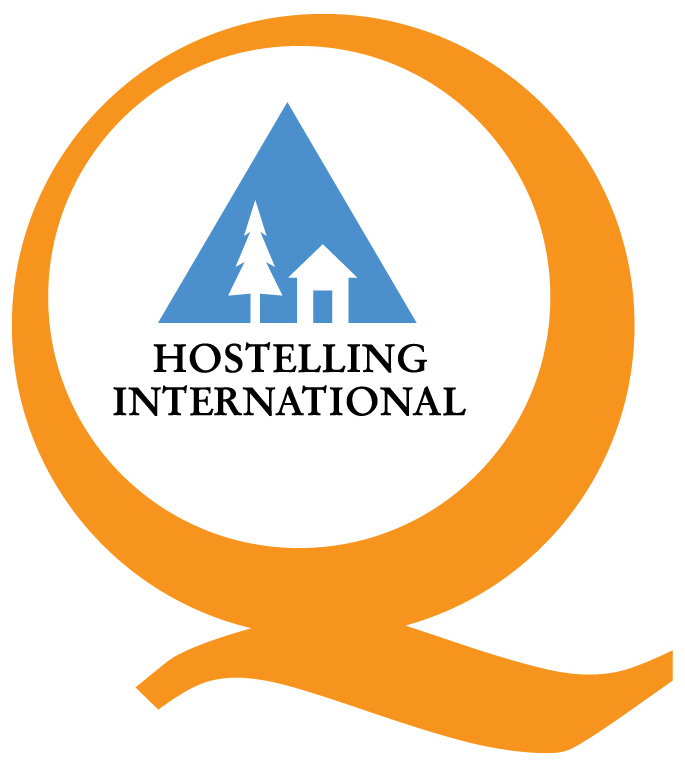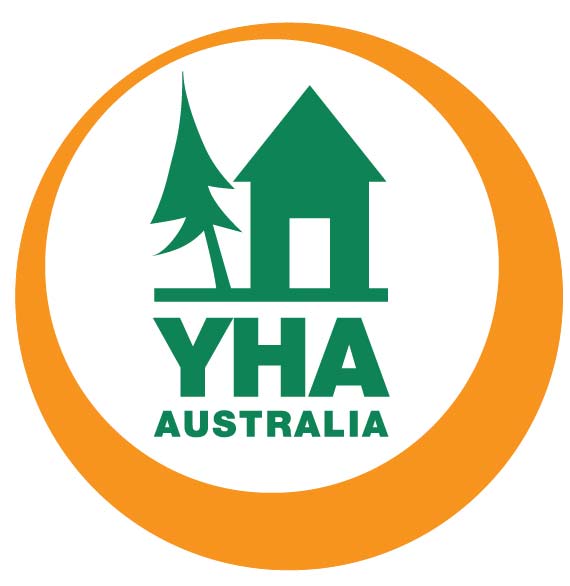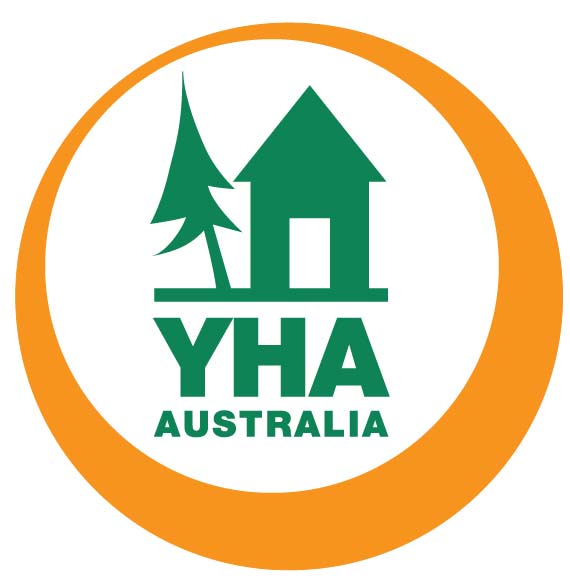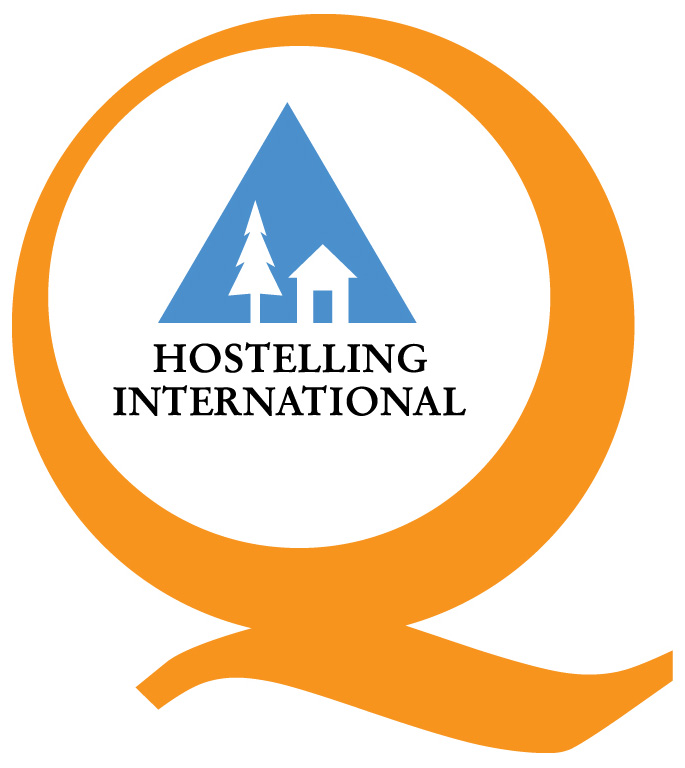Title Page
-
Document No.
-
Audit Title
-
Client / Site
-
Conducted on
-
Prepared by
-
Location
-
Personnel
Management responsibilities
-
Ensure a certificate of currency is on file for the caterer for Public Liability Insurance to the amount stated in the contract
-
Ensure a copy of the caterers food business registration is on file and that it is current
-
Last local authority food business inspection report and evidence of any follow up items sighted
-
Recommedations from last internal audit have been followed up
Booking Process, Invoicing and Payments
-
A method of communication between the caterer and the hostel exists to capture all information regarding meal bookings
-
The caterer has the ability to adapt to changes in meal bookings
-
Meal reservation system was shown and all details of meal bookings were recorded and match information provided by the hostel
-
Evidence of guidelines on how to process meal reservations is available?
-
Invoices for group meals are prepared correctly and in a timely manner
-
Invoices are authorised for payment and payment made in a timely manner
HACCP
-
If the caterer has HACCP certification ensure there is a current copy on file at the hostel. This is proof of quality.
Staff
-
Staff are suitably attired including closed shoes, hair restraints and aprons
-
Key staff have food safety handling certification and evidence of certificaton is documented
-
Staff who are visible to YHA guests are well presented
-
Contractor staff identified as contractors not YHA staff
Storage Areas
-
Storage Areas are clean and food is stored in adequate shelving and off the floor.
-
Food items are stored in appropriate conditions dry food, refrigerated food, frozen food, vegetables & fruits.
-
Inspected food, items from the refrigerator and freezer were found to be valid (not past the expiry date) & well labelled
-
There is evidence of stock rotation
Food Quality
-
Signage was appropriate & directed employees to follow H.A.C.C.P procedures.
-
Temperatures in both refrigerators & freezers are routinely monitored and registered. An acceptable “tolerance” for temperatures for both is defined.
-
Acceptance checks for quality and temperature of food items received are routinely carried out.
-
Defrosted food items are handled according to food safety guidelines
-
Fresh food items are handled according to food safety guidelines
-
Hot food items are handled according to food safety guidelines
Cleanliness
-
Cleaning plan of refrigerators and freezers is available & evidence of frequent cleaning.
-
Vents & filters are kept clean & schedule for routine filter replacement is available.
-
Waste bins are clean & dry, placed in covered places &, if not cleared up daily, in sufficient distance from kitchen.
-
Cleaning plan for the kitchen/bar & storage facilities is evident
-
Walls, Benches, Shelving, Cooking Equipment, Cooking Utensils, Potware, Crockery, Cutlery are all clean and in good condition
Maintenance and Safety
-
Walkways were kept clear, free of trip hazards and liquid spills.
-
Failures in Kitchen Equipment are recorded in a logbook and there is evidence that routine maintenance is carried out
-
Personal Protective Equipement (PPE) is provided for staff and used appropriately
Menu Planning and Dietary Information
-
Evidence that menu's are planned to be fit for purpose and the ages, cultural sensitivities and dietary requirements of YHA guests are taken into account
-
Evidence of approptiate procedures in place to plan and cater for guests requiring Vegan/Vegetarian meals
-
Evidence of approptiate procedures in place to plan and cater for guests requiring Halal/Kosher meals
-
Evidence of approptiate procedures in place to plan and cater for guests with food allergies and intolerances and that strict protocols are in place to prevent cross contamination
-
Reasonable special requests can be catered for
-
Open food items are correctly stored and labelled









